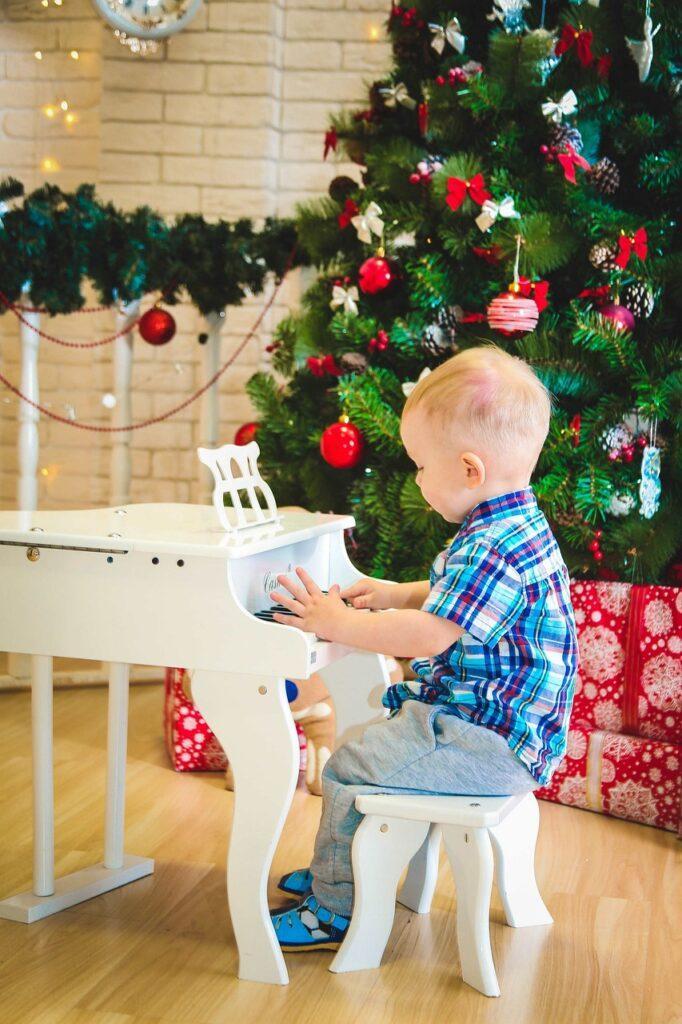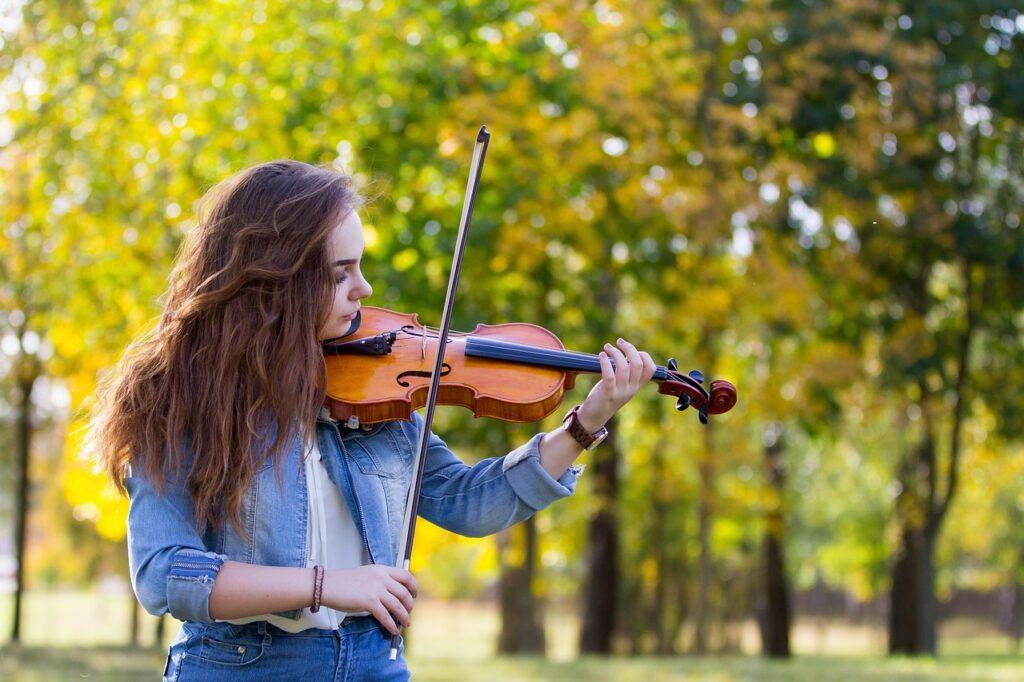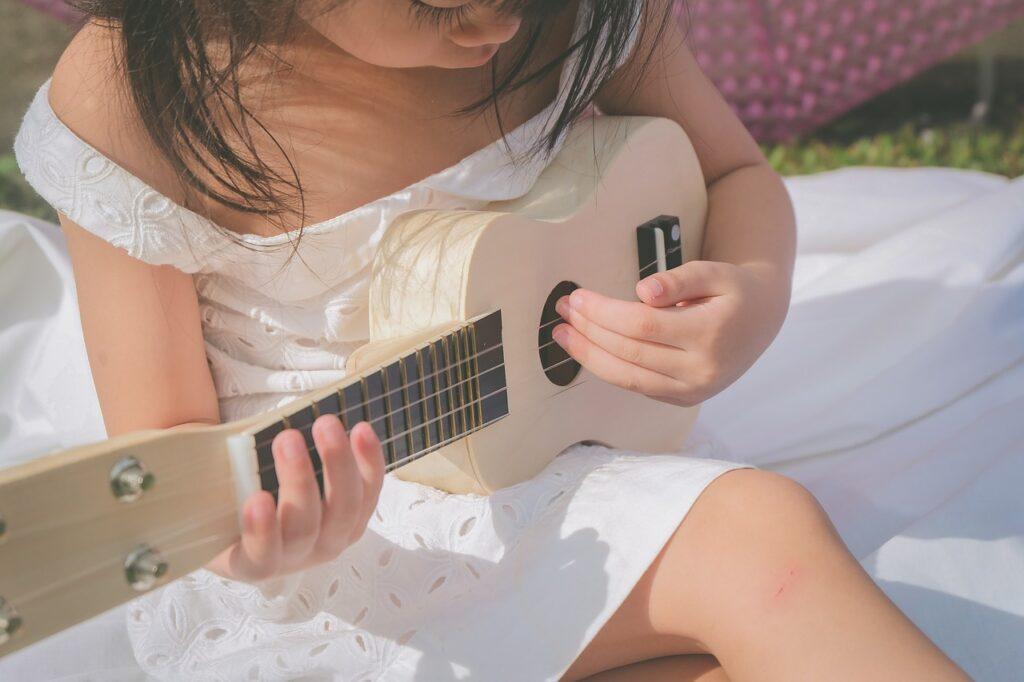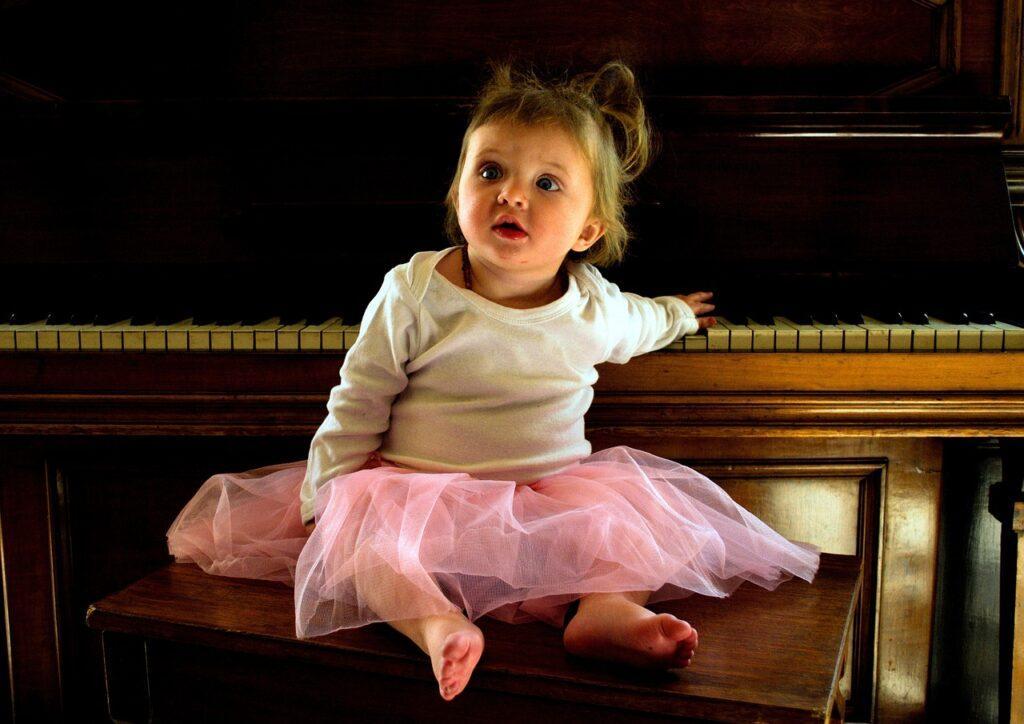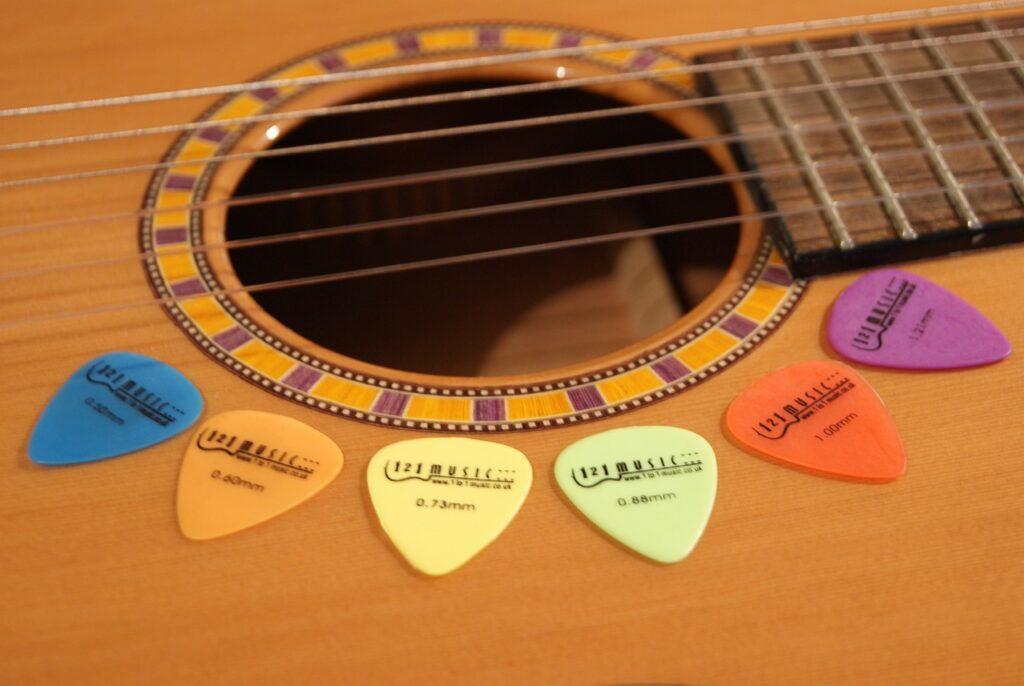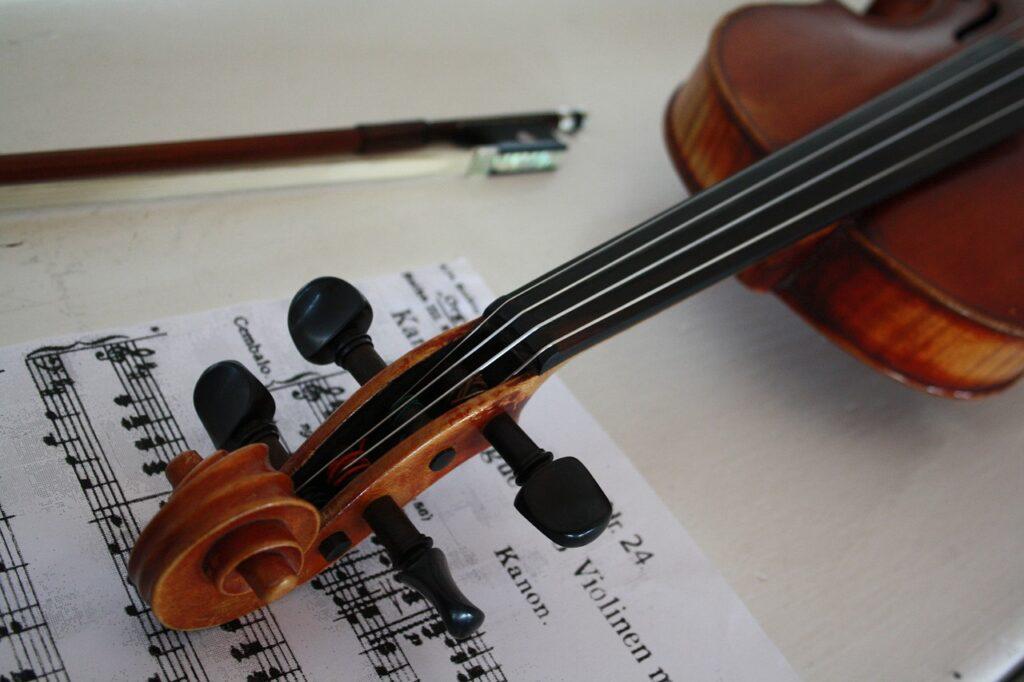Multisensory

The archive contains posts about teaching music using multisensory teaching methods.
A Brief Account of Multisensory Teaching
Do you want to know what multisensory teaching is and where it came from? Multisensory teaching became popular in the 1980s with Howard Gardener’s book Frames of Mind: The Theory of Multiple Intelligences. Originally written to discuss how the brain works, it instantly had an impact on the public-school teaching community.
The main idea? People come in different brain types:
- Musical-rhythmic and harmonic
- Bodily-kinesthetic
- Visual-spatial
- Verbal-linguistic
- Logical-mathematical
- Interpersonal
- Intrapersonal.
Each brain type learns best through a different sense. (Other intelligences got added later.)
According to Gardener, a person may have more than one intelligence, but only one comes to the foreground. Prior to Frames of Mind, public school teachers focused on verbal teaching. However, the book opened a floodgate of ground-breaking teaching tactics.
Other theories exist of how the brain works, such as Linda K. Silverman’s visual-spatial versus verbal-sequential learners. There are also other multisensory teaching methods such as Orton and Gillingham and Ronald Davis.
However, all of the methods remain focused on teaching using more than one sense. Teaching via sight, touch, sound, and kinesthetic senses helps support the range of learning styles within a typical class room.
In my lessons, I have used manipulatives (such as a raised staff and plush toys) to convey musical ideas using the sense of touch. Likewise, color coding links into the sense of sight. Sound models (and not just for establishing the mental pitch template) for the sense hearing. Finally, clapping and movement games for the kinesthetic sense. (So far, I have not found a music application for the sense of smell or taste.)
Multisensory teaching methods make the difference between success and failure for special needs, LD, and ADD students.
Back to The Successful Music Student blogs.
© 2021 Geoffrey Keith
Do you naturally problem solve intuitively? Do you want to understand how insight problem solving works? Whether you’re in science, engineering, the arts, or business, those “eureka” moments can be game changers. Keep reading “Insight Meaning and Examples of Insight Problem Solving” to learn how it works. Estimated reading time 3 minutes.
Does your child want to learn how to play the piano? Do you want to know the best way to teach piano hand placement? Finger placement on the piano keyboard is an important skill that should be taught at the earliest stages of learning. Keep reading “How to Play Piano (Kid’s Color Coded Piano Hand Placement)” to learn how it works. Estimated reading time 3 minutes.
Have you ever wondered if you’re gifted and dyslexic? Or are you a parent of a child who’s gifted and dyslexic and want more information. Sometimes it can be difficult to recognize giftedness. Ronald Davis states, “This would commonly be recognized as daydreaming or simply not paying attention. The student is actually paying attention but has shifted to an imaginary world that is more interesting” (“The Gift of Learning” 38). How is this a sign of giftedness? Keep reading “The Gifted Dyslexic and Insight Learning” to learn about the last of our four dyslexic strengths. Estimated reading time 3 minutes.
Do you have a special needs child who loves music? Are you confused about the difference between music therapy and music lessons? The goals for music therapy won’t be the same as for music lessons. Keep reading “Music Therapy vs Music Lessons” to help you decide which is best for your child. Estimated reading time 2 minutes.
Are you a music teacher who has a student with amnesia, Alzheimer’s, or stroke? All three conditions can have a profound effect on a person’s life. If we do our jobs well, we can help them improve their quality of life. Read more to learn how color coding music can help students with amnesia, Alzheimer’s, and strokes. Estimated reading time 4 minutes.
Music teachers: do you have students who show musical talent and giftedness? Do you need some information on how they learn? With musically gifted and talented students, just like any other students, you need to meet them where they’re at, making the adjustments in their playing based on what you see. That way, they can become better students than before they came to you. Keep reading to learn more about musical talent and giftedness. Estimated reading time 4 minutes.
“Does ADD and ADHD make people more creative?” Yes. Lots of famous people with creative talent have ADD or ADHD. Moreover, creativity and ADD/ADHD are connected in an unexpected way. Keep reading to find out what it is. Estimated reading time 3 minutes.
“What are some signs of a twice exceptional (2E) child?” Children with both giftedness and learning disabilities are called twice exceptional. In other words, twice exceptional children will pick up some things really quickly – much more quickly than typical learners. However, with other things they will lag way behind their typical learner peers – sometime by a significant amount. Read more to learn the signs of a twice exceptional child. Estimated reading time 4 minutes.
Are you a teacher of an autistic guitar student? Each student has a unique learning style. Autistic students are no different, which means you need to be flexible when teaching kids on the autistic spectrum. Read more to get tips for teaching an autistic child the guitar. Estimated reading time 2 minutes.
Do you teach music lessons? Do you want advice on teaching a music student with ADHD? Teaching music students with ADHD (attention deficit hyperactivity disorder) can be challenging. However, some basic information will make it much easier. Keep reading to get the teaching tips. Estimated reading time 3 minutes.



